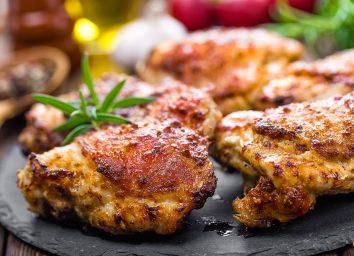The Easiest Ways to Lower Your Cholesterol, Says Science
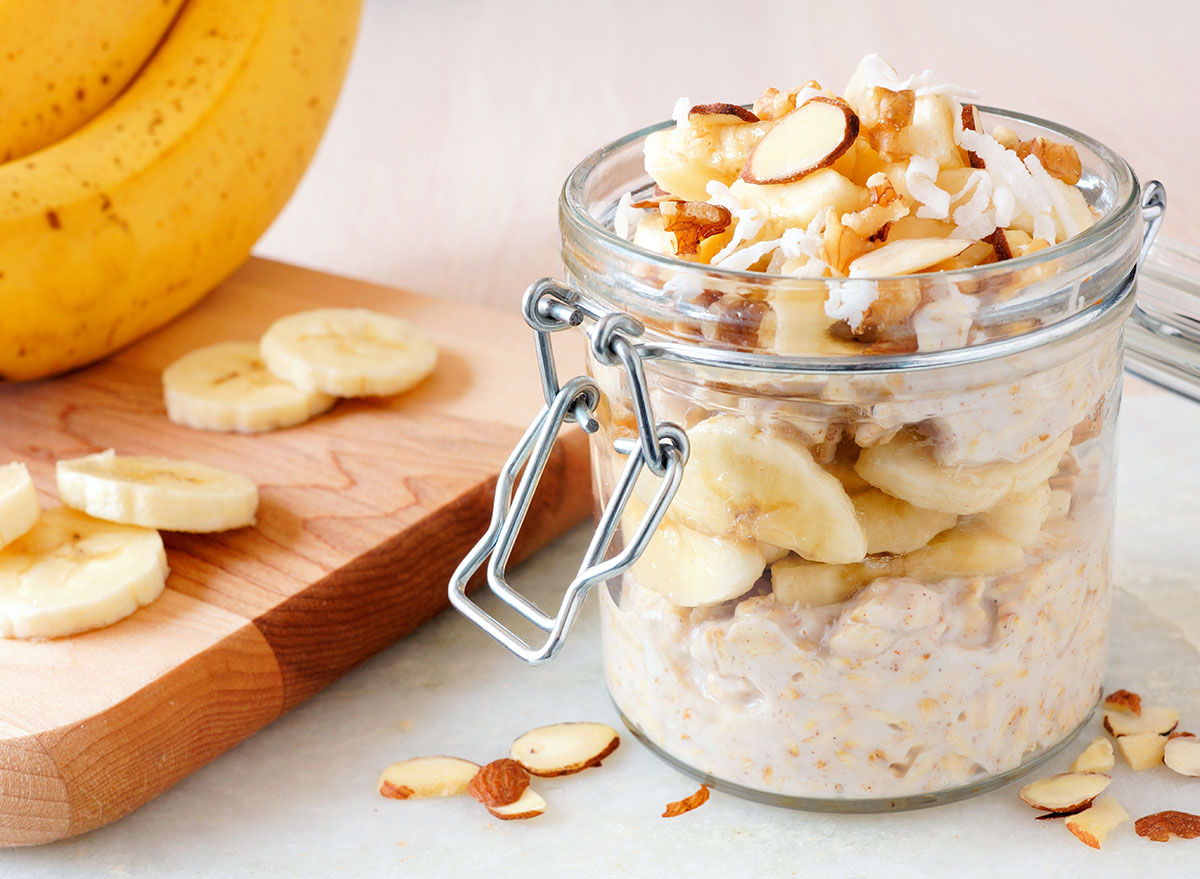
Ask the average Joe on the street to name the easiest ways to lower cholesterol and he'll most likely tell you to nix the eggs and the fatted calf from your supper table. He wouldn't exactly be wrong or right, and you can't really blame him.
Despite the profusion of nutrition info everywhere you look, there's still a lot of confusion about dietary cholesterol. And the studies in the past 10 years showing that eggs for breakfast won't kill you and those devilish saturated fats don't cause heart disease have muddied the message even more.
If you Google "how to lower cholesterol," for example, the most common advice remains: "reduce saturated fats." So, what gives? We'll set the record straight. Here are the surprising easiest ways to lower your cholesterol. Read on, and for more on healthy eating, don't miss 7 Healthiest Foods to Eat Right Now.
Reduce added sugars.
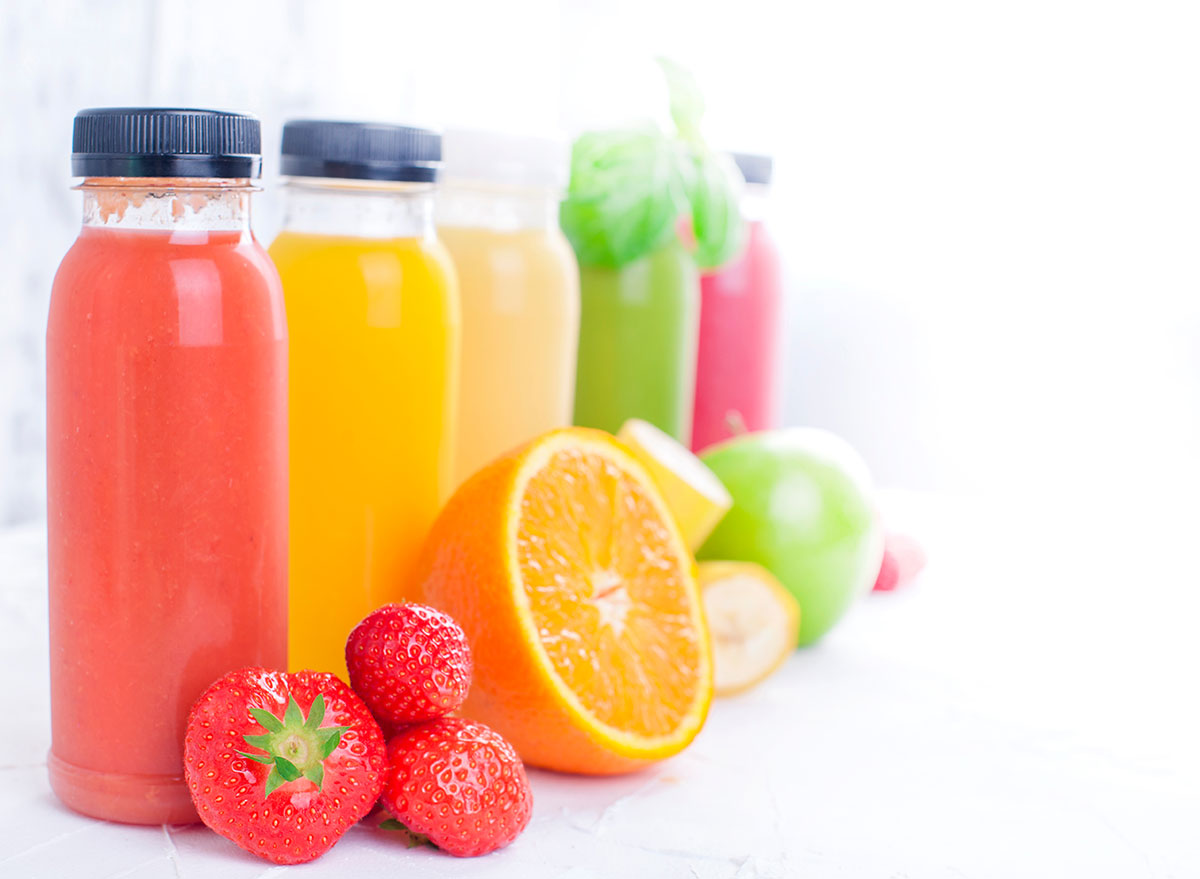
That's right. Leave the fat in the fire for a moment and stop drinking soda, fruit drinks containing High Fructose Corn Syrup (HFCS), and sweet tea. Cut out the refined carbohydrates like cookies, cakes, sugary cereals, and candies. This step is the easiest way to lower cholesterol because sugary foods and drinks are very easy to identify in your diet.
Plus, cutting out added sugars offers the extra motivation of weight loss and better blood sugar (and hunger) control. (Psst: being overweight increases cholesterol.) On the flip side, a high-sugar diet does a number on your lipid numbers: A study in the Journal of the American Medical Association showed that when people increased their consumption of sugars, their HDL ("good") cholesterol went down and their triglycerides (blood fats linked to cardiovascular disease) went up. That's a bad combo: Both low HDL and high triglycerides boost the risk of heart disease.
But it gets worse. Here's how: HDL is given the "good" moniker because its job is to shuttle "bad" cholesterol out of your arteries where it can do damage and over to your liver where it is expelled from the body. When your HDL cholesterol is low, more of the bad LDL cholesterol may remain to harm artery walls. Interestingly, that JAMA study found that, in women, high sugar consumption was associated with high LDL as well as low HDL. Another study, a 2015 report in The American Journal of Clinical Nutrition linked drinking HFCS-sweetened beverages with increased blood concentrations of triglycerides, LDL cholesterol, and apolipoprotein B, a component of LDL that's most damaging to our arteries.
Bottom line: A combination of high LDL, high triglycerides, and low HDL resulting from a diet high in added sugars spells an unhealthy cholesterol profile. (Related: Top 7 Culprits of Sneaky Sugar from 'The 14-Day No-Sugar Diet.')
Avoid trans fat.
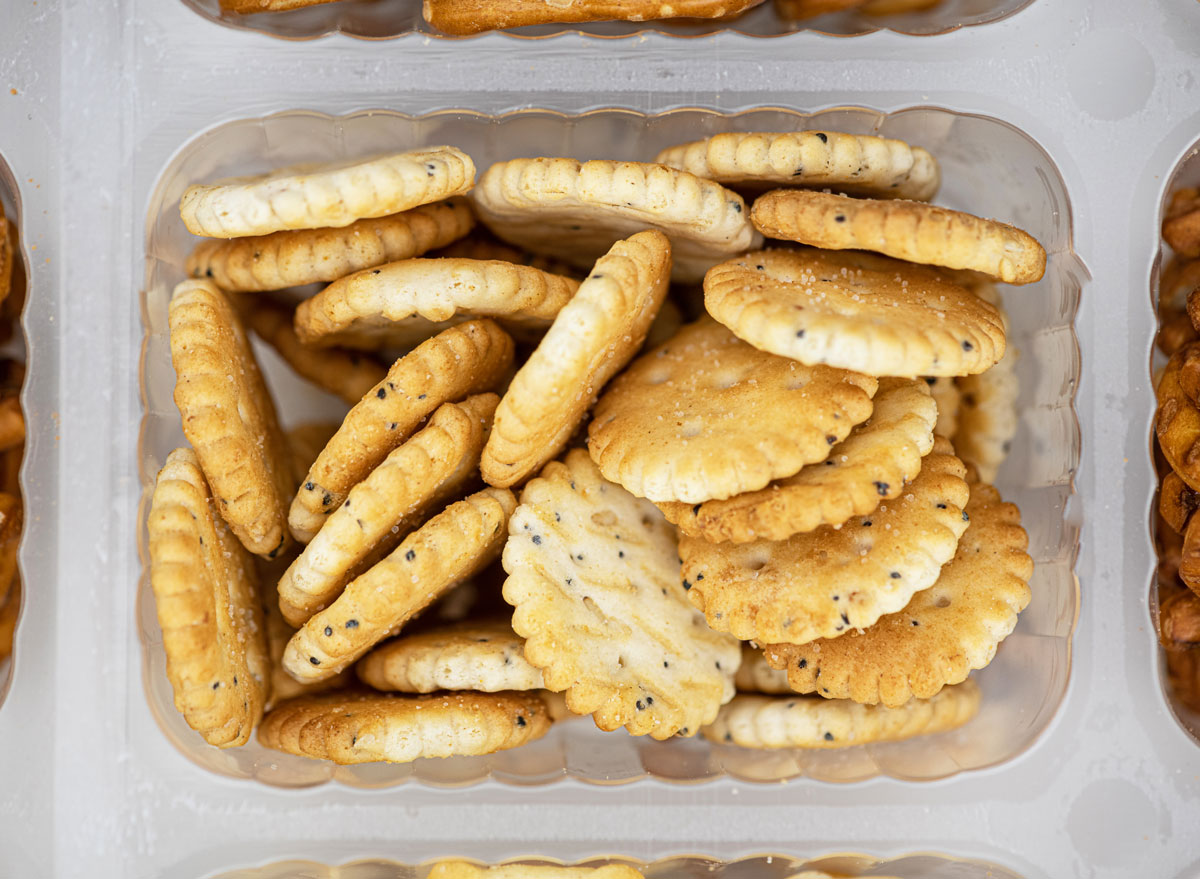
Trans fat is considered the worst type of fat for your heart because it raises LDL cholesterol levels. While some trans fats come from natural sources, trans fats created through the industrial process of injecting hydrogen into vegetable oils to make them solid at room temperature are found in margarine, boxed cookies, crackers, and other baked goods. Because they are so unhealthy, the Food and Drug Administration has drastically reduced the amount of trans fats allowed in packaged foods. Still, even if you see "0 Trans Fats" on nutrition facts labels (or "partially hydrogenated vegetable oil" in the ingredients list) there may be small allowable amounts in each serving, which can add up if you eat a lot of these types of foods.
Replace saturated fats with healthy fats.
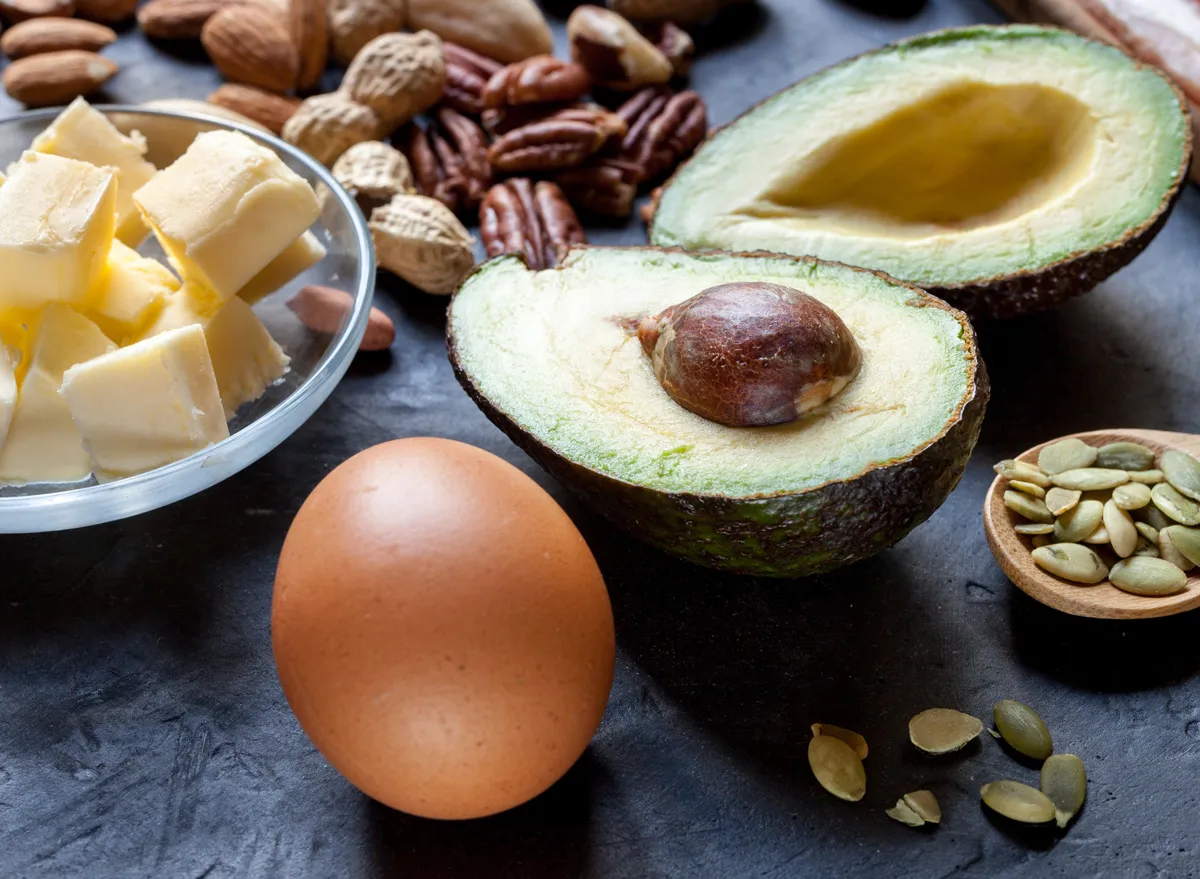
Eating lots of saturated fats, typically found in animal products, can raise your cholesterol, both the good HDL and the bad LDL and increase inflammation, according to the Mayo Clinic. The National Institutes of Health's National Cholesterol Education Program recommends healthy adults limit their saturated fat intake to less than 7% of daily total calories. And the American Heart Association continues to recommend reducing saturated fat in the diet despite studies showing no link between fat and heart disease. "The important question is 'what are you replacing [saturated fat] with?'" says nutritionist and exercise physiologist Chris Mohr, RD, PhD, a corporate wellness consultant with MohrResults.com.
Studies have shown that when people cut back on saturated fat, they tend to replace it with refined carbohydrates and when that happens there is no reduction in heart disease. "The key is replacing saturated fats with healthier sources of fat like olive oil, canola oil, nuts, seeds, avocado," says Mohr. In a 2019 Circulation Research review of meta-analyses on studies exploring the Mediterranean diet (low in saturated fat, meats, and dairy products and rich in plants and monounsaturated fat), researchers determined that following the low-saturated fat diet rich in fruits and vegetables and olive oil was associated with significant reductions in coronary heart disease, stroke, and overall cardiovascular disease.
Eat more soluble fiber.
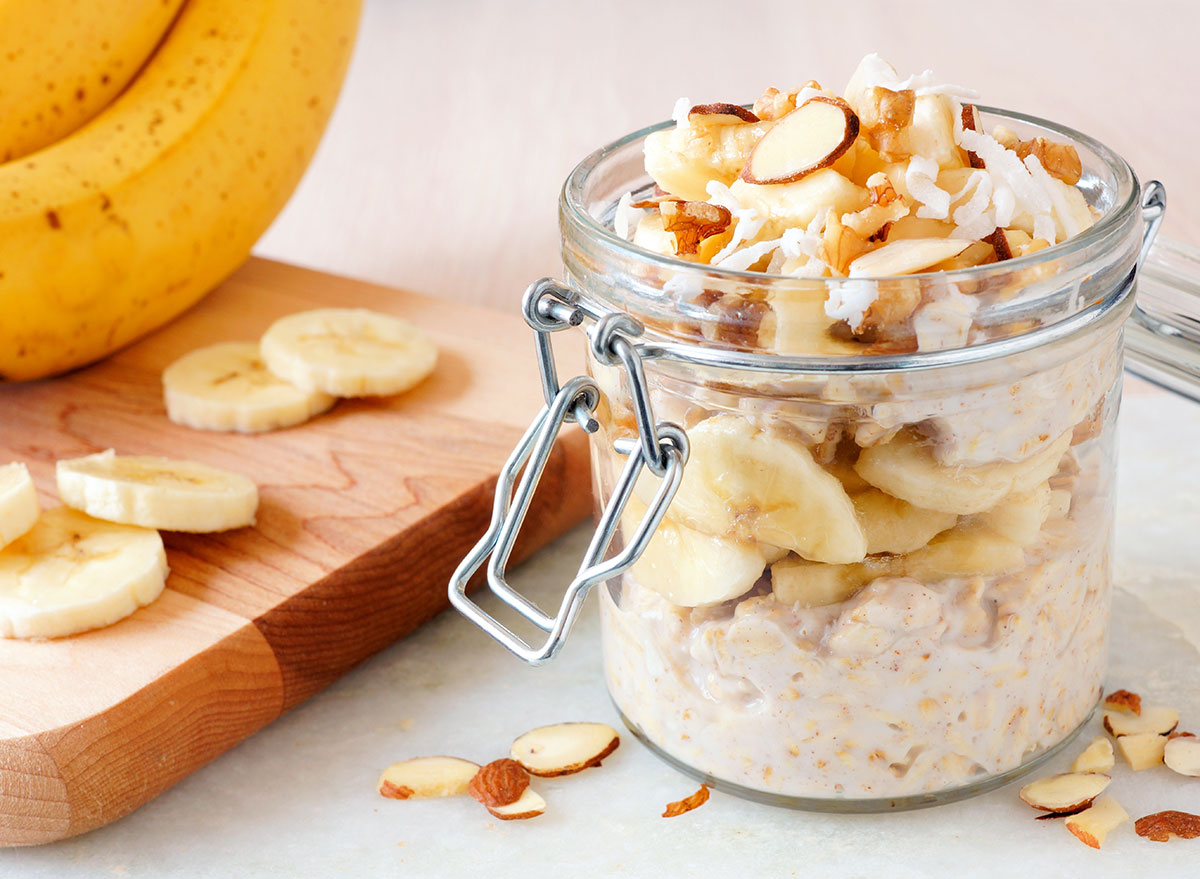
You've heard it a zillion times: dietary fiber lowers cholesterol. But do you know the more important kind when it comes to your blood fats? Soluble fiber directly reduces your low-density lipoprotein (LDL). You get it from oatmeal, beans, barley, Brussels sprouts, flaxseeds, apples, and pears. Need more ideas? Check out these 20 Easy Ways to Add Fiber to Your Diet.
Get regular exercise.

It may not be the easiest way to improve your cholesterol profile, but it works. Studies have shown that getting 30 minutes of aerobic exercise that increases your heart rate can lower the bad cholesterol and raise the good stuff. Exercise seems to have a greater effect on the HDL cholesterol, the lipids that whisk away the artery-clogging LDL. And the most effective way to up your HDL quotient appears to be by pushing yourself hard. How hard? Use high-intensity interval training, where you alternate between short bouts of vigorous exercise and longer "rest" periods of easy exercise. In research reported in the Journal of Strength and Conditioning Research, exercise improved HDL numbers in young men who exercised at an intensity of 90% of maximal heart rate during HIIT training sessions performed three times a week for eight weeks. (Related: This Four-Second Workout Actually Works, Says New Study.)
